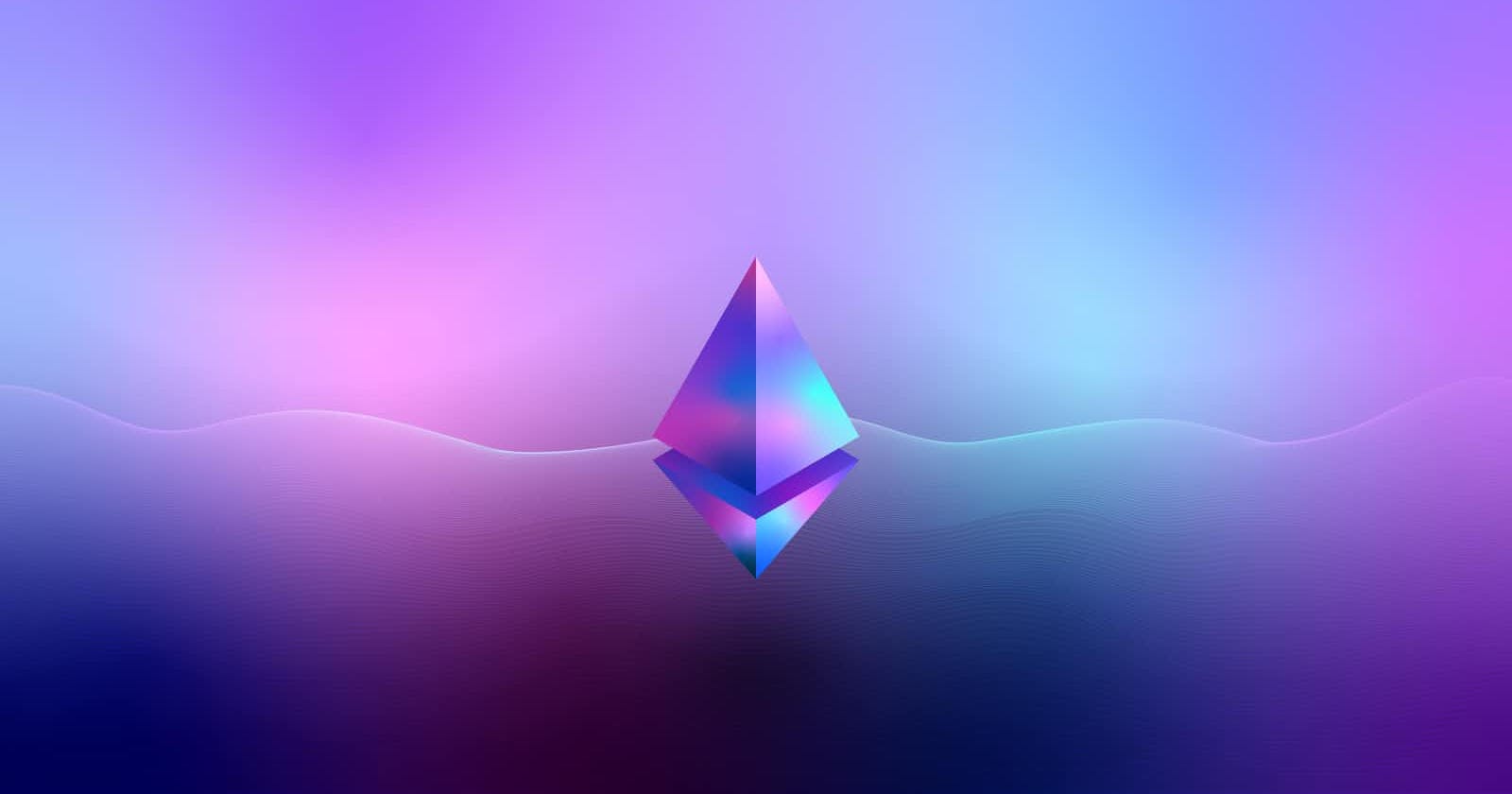Introduction
Ethereum, the second largest blockchain network by market size is about to change significantly in the coming months. So what will happen? Ethereum will permanently shift from proof of work(Mainnet) to proof of stake consensus(Beacon Chain) has been in the making since late 2016. This shift is what is dubbed the ‘Ethereum Merge’. It was previously known as Eth 2.0 but later dropped as it sounds misleading (Implying a new ethereum cryptocurrency).
The merge is supposed to happen this August or September if there aren’t any delays as confirmed by Vitalik Buterin, the Ethereum co-founder. Most analysts predict this will be the big break for the ethereum ecosystem to end Bitcoin dominance.
In this article, we will break down what exactly the merge is, Why is it happening now, and if it is going to affect your Ethereum assets.
What is the Merge?
To understand what the merge is, we have to first understand what a consensus mechanism is and the two consensus mechanisms that are used in the Ethereum blockchain.
A blockchain is a distributed public immutable database, for this to be possible the nodes(computers in a blockchain) have to verify which transaction is valid and which one is not. So, we can simply describe a consensus mechanism as a system of agreement that ensures synchronization in a blockchain network.
So, the merge is the upgrading of the Ethereum Mainnet that uses proof of work to Beacon Chaing which uses a proof of stake consensus mechanism.
Proof-of-Work
Ethereum Mainnet uses Proof-of-Work as a consensus mechanism. In proof of work, consensus nodes compete to solve a difficult mathematical computation to verify a transaction and get rewarded for it.
This means nodes with the highest computational power solve most computations. This is also known as cryptocurrency mining. Proof of work is not environmentally friendly due to high energy consumption. This is the main reason the Ethereum network is moving to Proof of Stake.
Proof of Stake
For validation of transactions to take place in a blockchain network, validators are required to stake a certain amount of cryptocurrency(32 ETH for Ethereum) to validate transactions in proof of stake-backed blockchain. The stake acts as collateral to ensure integrity in the process of consensus.
This will open the way for sharding, which is the breaking down of a network into portions known as shards that have a unique state and location reducing the burden on the whole network.
Why is proof of Stake better than Proof of Work?
It is energy efficient - Less computational power is needed for validation. Promotes democracy - In POS more nodes can participate in the consensus process since there are fewer computer hardware requirements.
More secure - Validators are first required to stake their cryptocurrency as collateral in POS, this will lower the number of bad actors in the network.
The merge
Ethereum developers started testing the Beacon Chain Network which uses proof of Stake in 2020. The network has been running and processing transactions separately from the Mainnet (Main Ethereum Network) since then, but the merge won't happen until later this year.
After the merge, the Beacon Network will be the default block producer in Ethereum Network and Proof of Stake will be the default consensus algorithm of the Ethereum Blockchain. Transactions records that were previously used in the POW systems will still be valid and available on Ethereum.
What will change
End of miners - powerful mining resources will be replaced by stakes.
Low energy consumption - Since staking does not require a lot of computing power compared to POW, experts claim the Ethereum network consumption will drop by 90%.
Ethereum will be more scalable because validators will be more than before.
The Ethereum network is set to bring in more builders and users to the ecosystem.
What won’t change
The speed of transactions - The speed of transactions is expected to be relatively the same or unnoticeable after the merge.
New cryptocurrency - Ether(ETH) will continue to be the default cryptocurrency for the Ethereum network and there won’t be an Eth 2.0 as earlier speculated.
Gas fees will drop - Change in the consensus algorithm does not necessarily mean lower gas fees, this is because gas fees are determined by the traffic on the blockchain network and not the consensus algorithm.
Your Ethereum assets or crypto will remain as they were and no action is required from the user.
TL: DR
We have explored what the Ethereum merge is, why it is important and how it will affect the future of the ethereum blockchain network. Here are digestible one-liners about everything we have learned in this article:
The merge is the upgrading of the Ethereum Mainnet that uses proof of work to Beacon Chaing which uses a proof of stake consensus mechanism.
In proof of work, consensus nodes compete to solve a difficult mathematical computation to verify a transaction.
Validators are required to stake a certain amount of cryptocurrency in Proof of Stake as opposed to solving mathematical computations in Proof of Work.
Proof of work is more energy efficient
The merge will take place in August or September of 2022. The merge will not have any significant effect on the price of ETH or any Ethereum asset you own.


